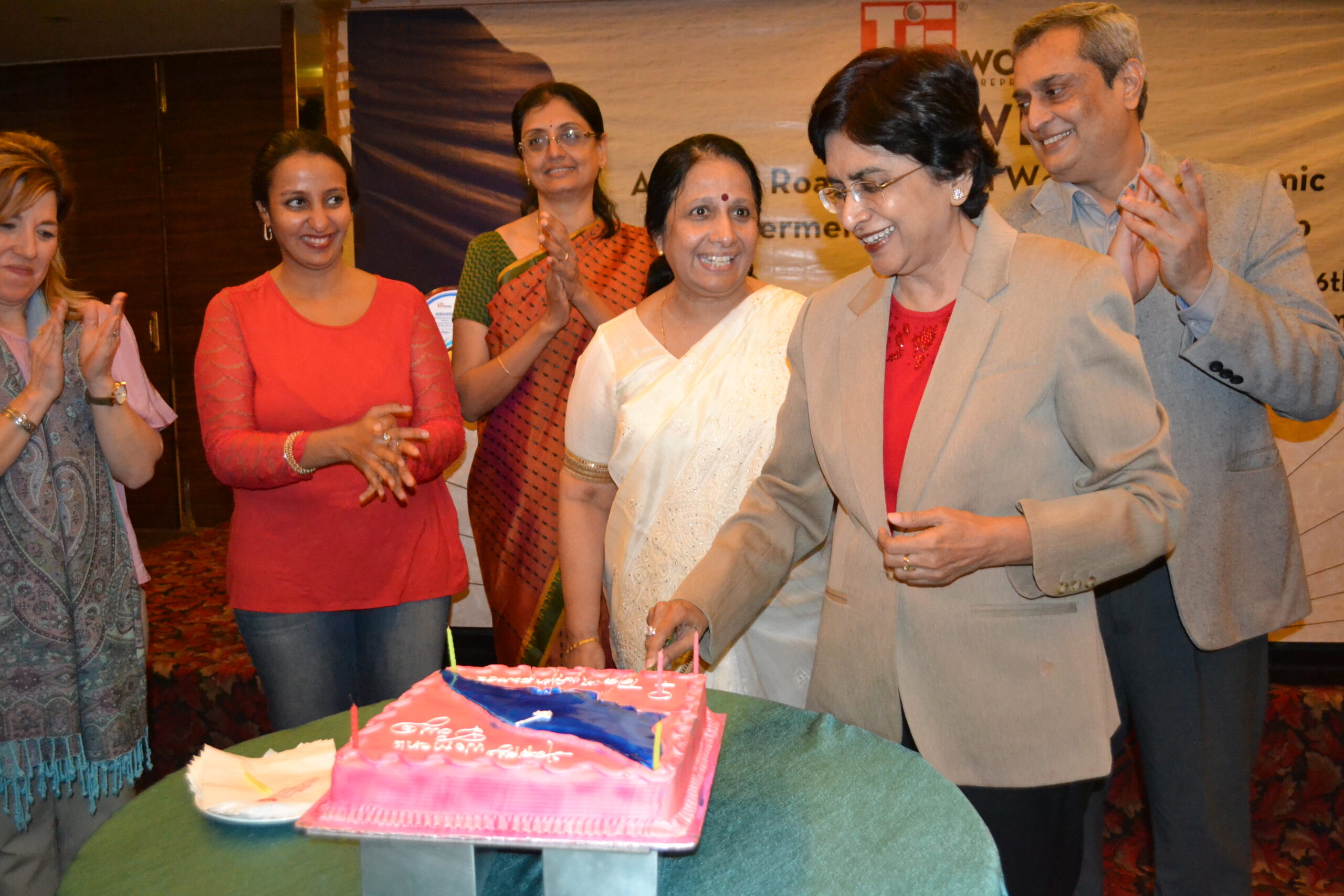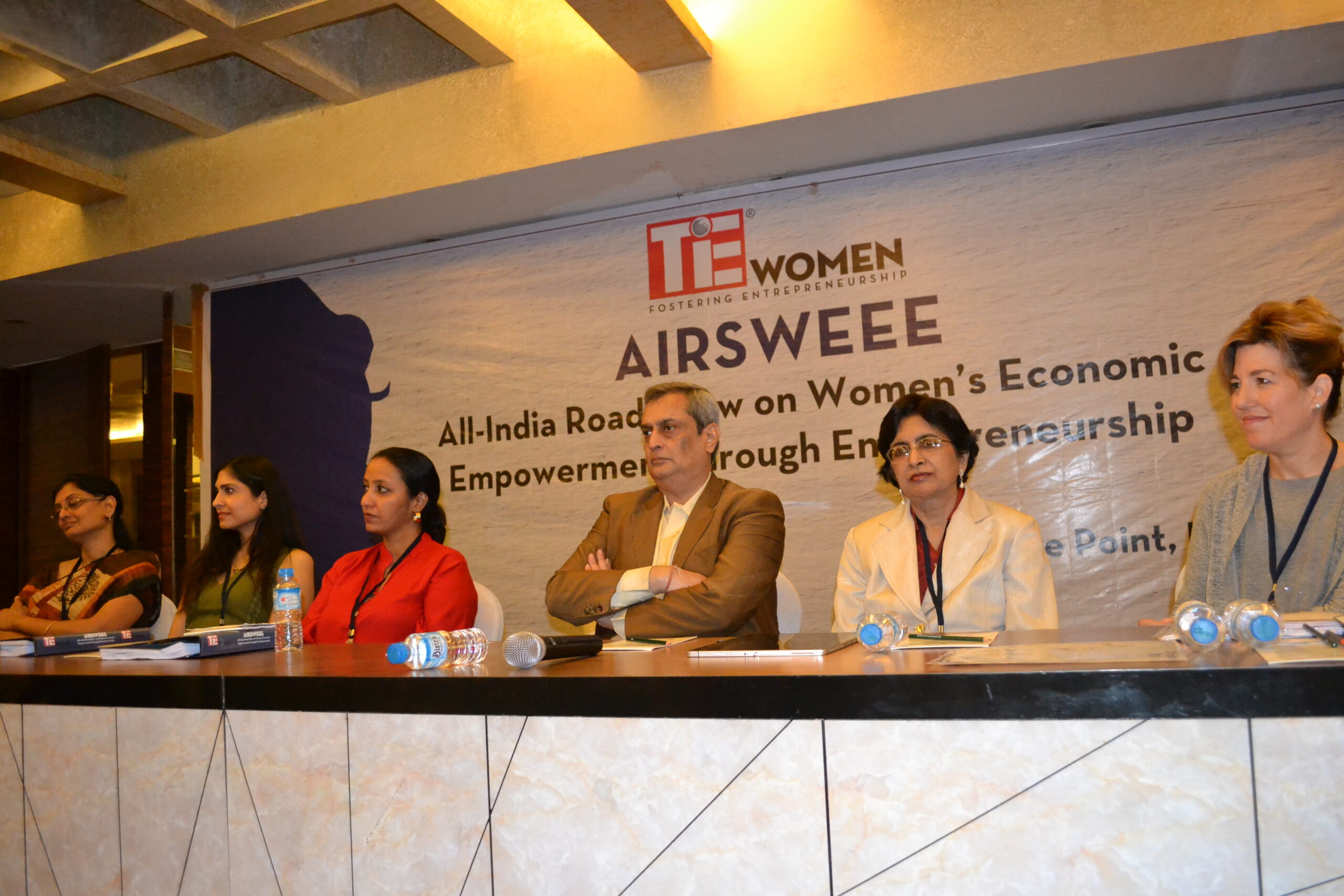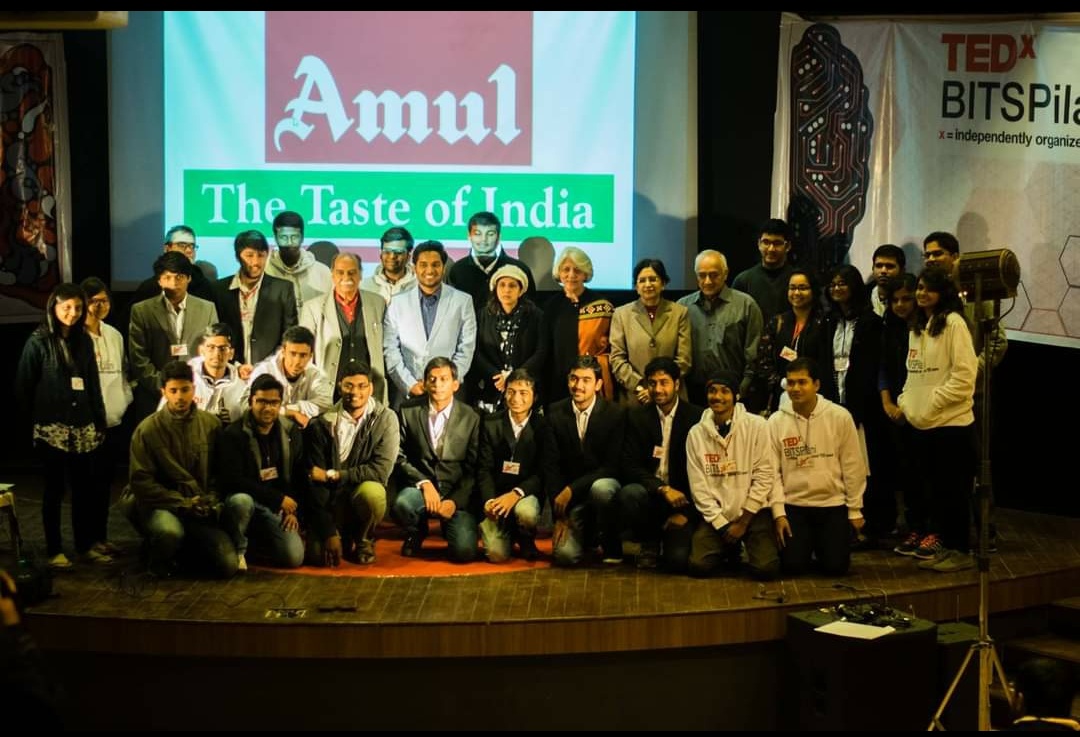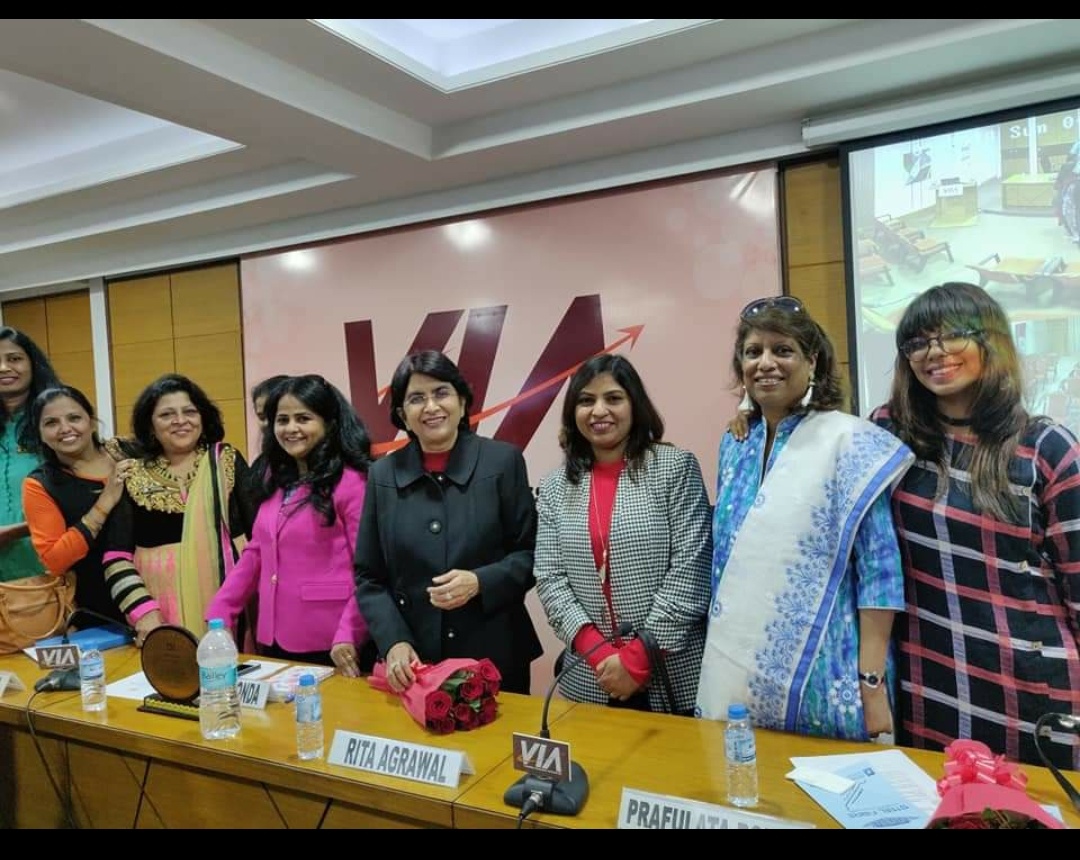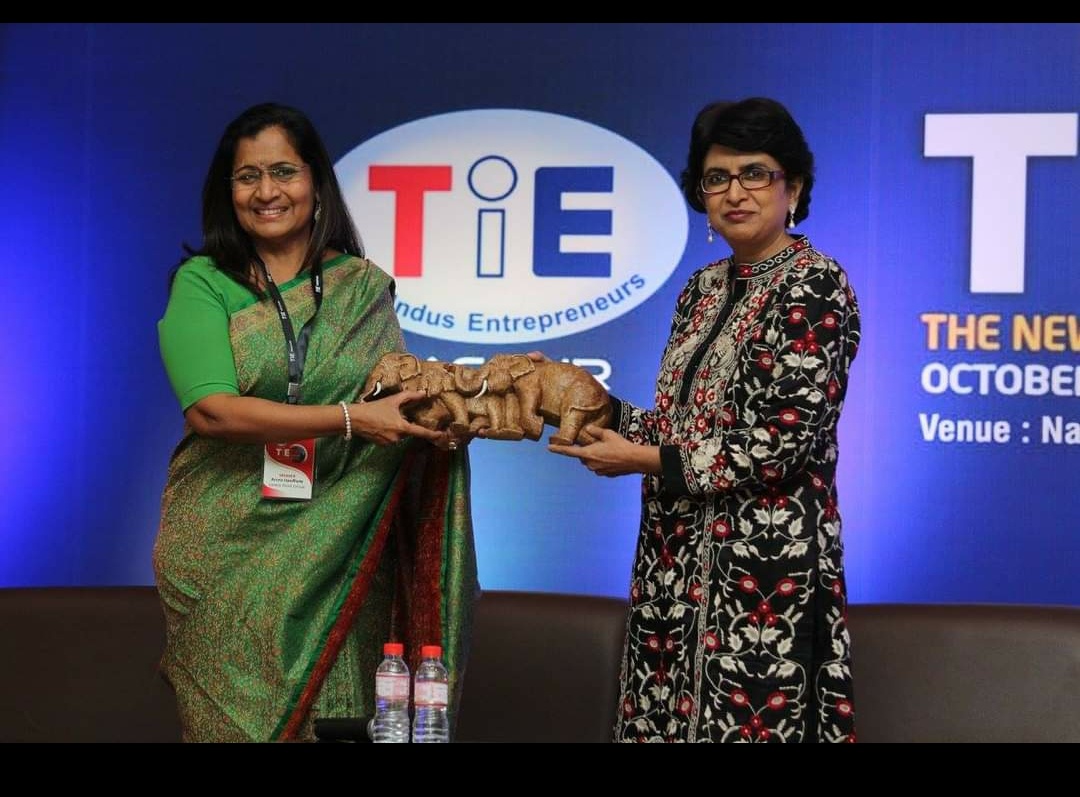Women in Parliament – not just for show off – 17 Mar 2010
Women are not a homogeneous group. There are all types of women and they are as divided as men on the basis of caste, religion, socio-economic, political ideologies etc. The common ground for all women is the discriminatory laws that prevail in the land regarding the female gender and the social cultural attitudes and norms that the fairer sex is subjected to by society at large. This means that women of all divisions suffer these societal prejudices and biases that society has evolved and nurtured since ages. All women across the nation become victims of such stereotypical negative attitudes of society. This is my perception and many women themselves may not support my definitions. Therefore we also need to define gender discrimination and have a clearly stated version of gender equality. Some male groups are highly confused about what constitutes gender discrimination.
Since the transmission of culture takes place largely by the training given at home by the parents and the guardians, the women of the house are equally to ‘blame’ if not more to ‘blame’ for the process of socialization. In other words majority women themselves are carriers of the ‘discriminatory culture’ that we would like to change and hence we have to condemn such a category of women. This is the tragedy. Women as a gender group are themselves not united on ideological grounds of what constitutes gender equality. Concepts such as the freedom to take decisions, to control one’s life, equal opportunity for education and work, equal wages for equal work, equal property rights and so on need to be clearly specified and understood by the masses. If majority women are custodians of the ‘holy culture’ they will be willing to die for the preservation of the culture as it stands today and might oppose the changes in favour of women calling them ‘radical’ and ‘western’ and ‘feminist’. This according to me are male perceptions and definitions but internalized by most women over the ages.
Therefore the Reservation of Women Bill will become a hotbed of controversy very soon and will become a battle ground for women themselves to voice and fight their differing ideologies. That we need more representation of women in the Parliament is a truism. In fact we should ask for 50% representation (not reservation). To begin with we did not need an Act for 33% reservation of seats in the Parliament. If political parties were in favour of women they could have always allotted 50% of tickets to women candidates. Who stopped them is the question I would like answered by all parties. If the earlier excuse was that they never got good candidates, then the same remains true even now. Where will you get good candidates now? It means women belonging to political families of all parties will be more privileged to get tickets. From prior experience we know that women from political parties and families live under the compulsions of its’ dominant male leaders. So far the women in political power have not shown much sensitivity to women’s issues and priorities. They have been as bad or as good as their male counterparts in power. All that matters to them is the power and the ensuing politics.
Therefore it is the quality of women that will enter politics that will matter the most. Women who are aware and have worked for women’s issues, women who are able and willing to cross all divisions of caste and creed, women who are sensitive to women’s cause are the women we need in Parliament. The whole purpose will be defeated if we have women who are interested in pursuing their husband’s agenda or spending heavy public money in erecting their own statues all over the state, or women who only mouth the parties policies.
Just having 33% of my sisters in six yards sarees and salwar kameez will definitely be a visual delight but nothing more than that if the women in Parliament do not have the vision or the will to work for the uplift of women. In other words just putting women on the seats of Parliament by itself does not make much sense.
Published in The Hitavada – Womens World – 17 March 2010
